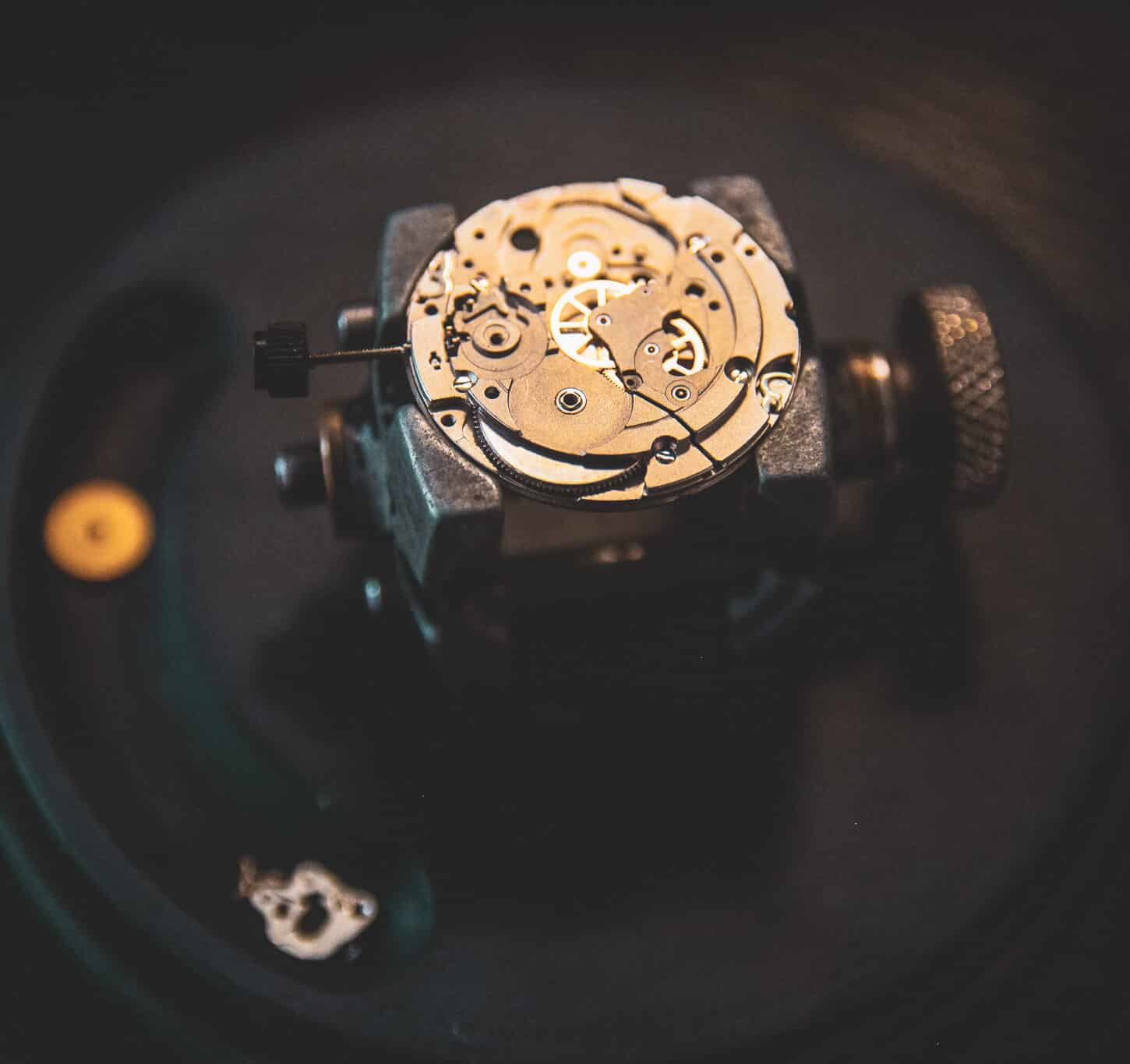If you’ve ever been interested in learning more about the inner workings of watches, then you’ve probably heard the term “automatic movement.” But what exactly are an automatic movements, and how do they differ from other types of watch movements? Read on to find out everything you need to know about watch automatic movements.
What is an Automatic Movement?
An automatic movement is a type of mechanical watch movement that uses the energy created by the wearer’s natural arm movements to wind the mainspring in the watch. In other words, unlike manual watches which require physical winding every day, automatic watches are powered by your day-to-day activities. As long as there is enough energy stored up in the mainspring, an automatic watch will continue ticking.
Auto movements are made up of many intricate parts such as a rotor, balance wheel, and pallet fork. The rotor is a weighted disk that rotates around an axis as you move your wrist. As it spins, it turns a ratcheted wheel inside the mechanism which winds up the mainspring. This process is known as self-winding or self-winding auto-winding (SWAW).
The Pros and Cons of Automatic Movements
The main advantage of having an automatic movement over a manual one is that it eliminates the need for daily winding. This makes them much more convenient than manual wind watches since they can be worn almost all day without needing to be wound up again. Additionally, many people like the fact that they are powered by their own body instead of batteries or solar power which can add extra bulk or complexity to a timepiece. This also is dependent on a watch’s power reserve – some watches can be left off the wrist for days without having to wind them up or set the time the next time you put them on.
However, one downside to owning an auto movement watch is that if you don’t wear it often enough (once every couple days) then its energy reserve will eventually run out and it won’t keep time correctly anymore until it has been manually wound again. Additionally, if you are someone who prefers high precision when timing events down to fractions of a second then mechanical watches may not be ideal because they tend to have lower accuracy than quartz ones do due to all their moving parts and potential sources of friction/resistance within them.
TLDR;
In summary, automatic movements are great for people who want convenience with their timepieces but don’t mind sacrificing some accuracy for it since they rely on your own body motion rather than batteries or solar power for energy reserves. They also come with fewer maintenance needs when compared with manual wind watches since no daily winding is required for them to keep running properly but will never be as accurate as a quartz movement (or the clock on your phone for that matter)
A Word From Frank
Listen, manual movements, automatically winding or not, are never going to be the most accurate way to tell time especially in this digital age. What are to me are beautiful pieces of mechanical mastery – at the turn of the century, brilliant minds figured out a way to store energy and create a way to carry time in one’s pocket. Every time I open up one of these movement I am always in awe of the miniature world I uncover, and that, for me, is the true upside of a mechanical movement – flaws and all.

038 -
Greetings frlm Colorado! I’m bordd too ttears at wok
so I decided tto check outt our website on my iphoone during
lynch break. I love thee info yoou providde here
aand can’t wat tto take a loook when I gget home. I’m shocked at how quick yoour blog loaded oon mmy mobilpe ..I’m nott
efen using WIFI, jut 3G .. Anyways, excellent site!